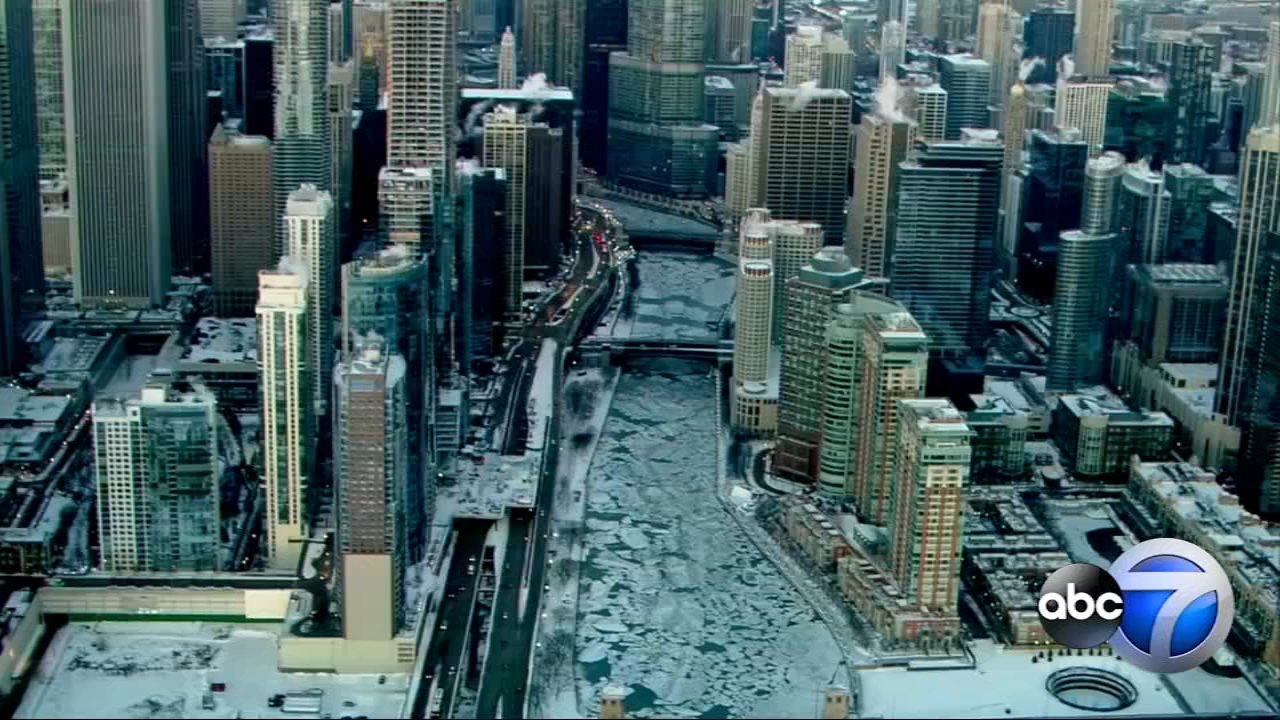

Most winters produce many snow falls during the season in light accumulations of around 2 in (5.1 cm). Seasonal snowfall in the city has ranged from 9.8 inches (24.9 cm) (in 1920–21) up to 89.7 in (228 cm) (in 1978–79), and the average annual snowfall in Chicago is 36 inches (91 cm). The city typically sees less snow in winter than other major cities near the Great Lakes, such as Cleveland or Buffalo, but more snow than that experienced on the East Coast in cities like Washington DC or New York City. Winter in Chicago is generally cold and snowy. Source: NOAA (relative humidity, dew point and sun 1961–1990) Note: Some of the addresses prior to 1909 are different from the post-1909 addresses Classifications Chicago Climate according to major climate systemsĬlimate data for Chicago (Midway Airport), 1991–2020 normals, extremes 1928–presentĬlimate data for Chicago ( O'Hare Int'l Airport), 1991–2020 normals, extremes 1871–present Here is a list of official weather observation locations for the Chicago office: DatesĪll records lost due to Great Chicago Fire Weather data from Midway Airport before July 1, 1942, and after January 16, 1980, and data from O'Hare Airport before January 17, 1980, are not part of the official climate record of Chicago. Both sites have served in the past as the official observation location, the latter being the current official station. Of the two major airports located in Chicago, Midway Airport began observations in 1928, and O'Hare Airport began them in 1958. The National Weather Service office in Chicago has one of the longest periods of official weather records, dating back to 1870, though all the 18 weather records taken at 181 West Washington Street were lost in the Great Chicago Fire. Chicago's weather is influenced during all four seasons by the nearby presence of Lake Michigan. Annual precipitation in Chicago is moderate and relatively evenly distributed, the driest months being January and February and the wettest July and August. All four seasons are distinctly represented: Winters are cold and often see snow with below 0 Celsius temperatures and windchills, while summers are warm and humid with temperatures being hotter inland, spring and fall bring bouts of both cool and warm weather and fairly sunny skies. That compares to a high of 92 and a low of 47 last May.The climate of Chicago is classified as hot-summer humid continental ( Köppen: Dfa) with hot humid summers and cold, occasionally snowy winters. In Salem, the high temperature of the month was 91 on May 31st and the low was 41 degrees recorded on May 4th. Ford says although there were some warm days, the low humidity made for some cooler nights. The average statewide temperature was just a little above normal. The rest of the region is still listed with adequate moisture.

About 75% of the state is abnormally dry, which is not technically drought, but we’re getting there.”Īll of Clinton and Washington Counties are now listed as abnormally dry along with the southwest section of Marion County and all but southern Jefferson County. State climatologist Trent Ford says most of Illinois is sitting at 50 percent of normal precipitation for the last month or two.įord said, “The drought monitor that got released has a moderate drought in the quad cities, down in Danville, all across that I-74 corridor, as well as much of the Chicago area and a lot of the Missouri border and Western Illinois.

Statewide average rainfall was about two inches below normal, although totals varied widely. Both are under last year’s totals when 6.23 inches of rain fell in May and 22.15 inches of precipitation had fallen for the year to date.Ĭentralia was considerably dryer, with just 1.93 inches of rain in May bringing the yearly total to 17.84 inches. That brings the total for the first five months of the year to 19.62 inches. In Salem, the water treatment plant reported 3.94 inches of rain, with 1.8 inches of that amount coming on one day May 8th. May weather was warmer and drier than normal in Illinois as parts of South Central Illinois fall into the abnormally dry category.


 0 kommentar(er)
0 kommentar(er)
